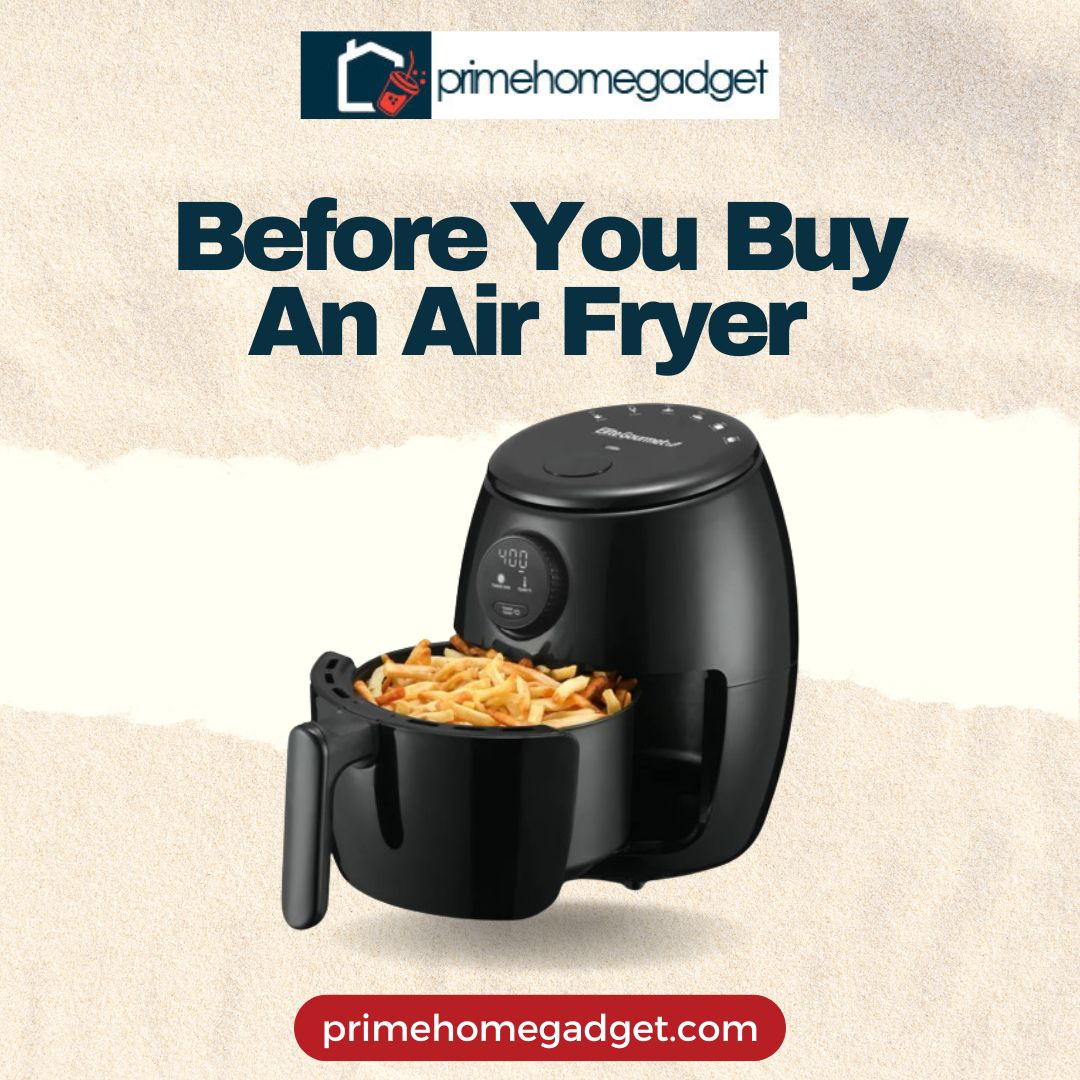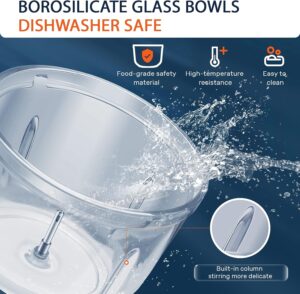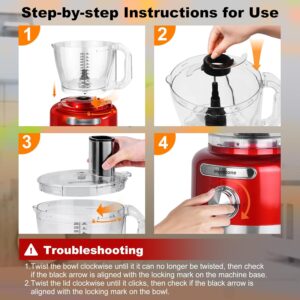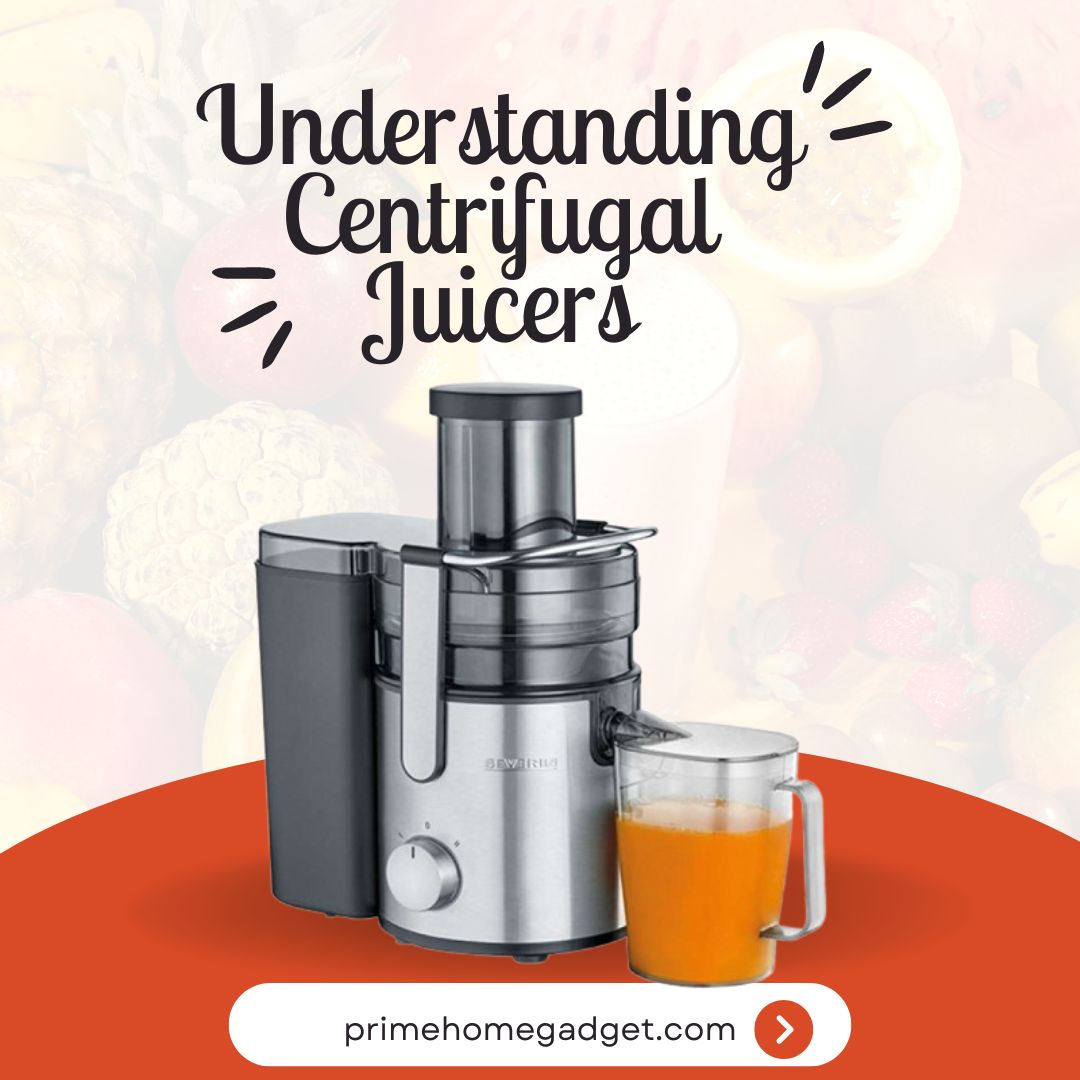Are you looking for a blender that can handle anything you throw at it? Then the Upgraded Turbocrush Professional Plus Digital Blender BX300 might be your perfect match. This machine blender is designed for serious blending experts and can crush ice, grind fruits and vegetables, and create creamy smoothies easily.
Whether you’re making margaritas, smoothies, sauces, or soups, this commercial blender will guarantee perfectly smooth drinks without unwanted ice or fruit lumps.
It functions as a great multi-purpose blender, perfect for everything from cocktails to spreads and dressings, and boasts plenty of practical, useful qualities to keep your business running smoothly.
Specifications
-
Model: BX300 (Professional Plus Digital Turbocrush Blender)
-
Motor Power: 2,200 watts (~3 horsepower) high-performance motor, with turbo cooling fan; capable of blending ice, nuts, grains, frozen fruits, leafy greens seamlessly
-
Blade Assembly: Hardened stainless-steel 6‑prong blades designed for total crushing; supports a robust metal drive system for durability
-
Blade Speed: Up to ~32,000 RPM for ultra-smooth results
-
Main Container Capacity: 64 oz (~1.9 L), BPA‑free polycarbonate jug (~58 oz usable fill line)
-
Auxiliary Grinder Jar: 800 ml (approx. 27 oz) for tasks like grinding spices or coffee
-
Controls & Interface:
-
LCD display for blending cycles and status
-
Preset one-touch buttons for common tasks (e.g. smoothies, ice crush, nut butter)
-
Manual speed dial (700+ custom programming cycles possible)
-
Pulse mode for intermittent power bursts
-
Safety Features: Overload and overheat protection to safeguard longevity and prevent motor damage
-
Tamper Tool Included: Enables easy blending of thick or frozen mixtures without needing to stop and scrape the sides
-
Warranty: 2‑year standard warranty; some Nigeria sellers advertise up to 3 years
-
Voltage / Plug: Versions available for different regions (e.g. UL plug 120 V/60 Hz, or BS plug 230 V/60 Hz—region-specific)

Feature Breakdown
Professional Power
2200 Watts Motor: This high-wattage motor tackles even the toughest blending tasks. You can effortlessly crush ice, pulverize frozen fruits and vegetables, and create smooth nut butters.
The BX300 boasts a whopping 2200 watts of professional-grade power. This means it can shred through even the toughest ingredients, making it ideal for frozen drinks, nut butters, and even grinding grains.
Large Capacity
64-Ounce BPA-Free Pitcher: This generous capacity allows you to blend large collections of smoothies, soups, or frozen cocktails, perfect for families or delight. The BPA-free construction ensures safe food contact.
The 64-ounce BPA-free pitcher is perfect for making large quantities of smoothies or soups for the whole family. Whether you just like to meal prep, the BX300 got you covered.
One-Touch Convenience
Digital Control Panel: The user-friendly interface features pre-programmed settings for common blending tasks like smoothies and ice crushing. This facilitates operation and ensures reliable results.
Manual Control Dial: For ultimate blending control, there’s a manual control dial that allows you to adjust speed and power to your desired preference.
The BX300 features a user-friendly digital control panel with pre-programmed settings for smoothies, ice crushing, and more. There’s also a manual control dial for essential blending control.
If you’re looking for a top-of-the-line blender that can handle any blending task, then the BX300 is a great option. However, it’s also a high-priced appliance.

Easy Cleaning
Dishwasher-Safe Blades: The stainless steel blades are detachable for easy cleaning and are dishwasher safe, saving you time and effort.
Simple Pitcher Cleaning: The BPA-free pitcher’s smooth design makes it easy to wipe down by hand or toss in the dishwasher (refer to the manufacturer’s instructions).
Additional Features
Depending on the manufacturer, some models may include a meddle tool for processing thicker ingredients or an extra grinding container for dry ingredients like grains or coffee beans.
Overall, the Upgraded Turbocrush Professional Plus Digital Blender BX300 boasts a powerful motor, a large capacity jug, user-friendly controls, and easy cleaning features, making it a strong rival for your kitchen countertop.

Possible Design Elements
Base Unit: Likely a robust construction with a brushed metal or high-quality plastic base for stability and a sophisticated look.
Motor Housing: May be combined into the base unit effortlessly or have a more Conspicuous housing depending on the overall design aesthetic.
Pitcher: Expected to be a clear BPA-free plastic with a large capacity (64oz) and measurement markings for convenience. The design might favor clean lines and a wider base for stability during blending.
Controls: The digital control panel with pre-programmed settings recommend a modern and user-friendly interface. This could be a touch panel or buttons with an LED display.
Overall Style: Given its high-performance nature, the BX300 is likely to prioritize a modern, functional design that relies towards a professional or high-end kitchen appliance aesthetic.
Here are some additional things to consider:
Color: Without specific information, it’s difficult to say for sure. Black is a common color for high-performance blenders, but there could be other options available.
Material Finishes: Brushed metal accents or a glossy plastic finish are possibilities for the base unit.
Control Panel Design: The layout and button/display design will depend on the manufacturer’s preference.
Finding More Information:
If you’d like to solidify the design and style, searching for the specific model on the manufacturer’s website or authorized retailer sites might provide high-resolution images that display the blender’s design.
Video reviews can also offer a visual perspective on the BX300’s aesthetics.
While specifics are limited, hopefully, this gives you a better idea of what the Upgraded Turbocrush Professional Plus Digital Blender BX300 might look like on your kitchen surfaces.
How to Use
While a physical manual would provide the most accurate instructions, here’s a general guide on how to use the Upgraded Turbocrush Professional Plus Digital Blender BX300 based on its typical features:
Before Using for the First Time:
Wash the pitcher and blades: Most blenders come with instructions on washing the parts before first use. This usually involves washing the pitcher with warm soapy water and rinsing thoroughly. Check the manufacturer’s instructions for dishwasher compatibility of the pitcher and blades.
Construct the blender: Place the pitcher on the motor base, ensuring it clicks securely into place.
Using the Blender:
Add ingredients: Add your desired ingredients to the pitcher, ensuring they stay below the maximum top up line marked on the pitcher.
Choose a setting (if applicable): If your BX300 has pre-programmed settings, select the appropriate button for your recipe (e.g., Smoothie, Ice Crush). These settings will automatically adjust blending speed and period.
Manual control (optional): If your model has a manual control dial, you can modify the speed and power to your preference. Start on a lower setting and gradually increase as needed.
Blend: Turn on the blender by pressing the labeled button or adjusting the dial.
Use the tamper (optional): If your BX300 comes with a meddle tool, use it to push down thick ingredients towards the blades for equal blending, especially when processing frozen ingredients.
Stop blending: Once you’ve achieved the desired consistency, turn off the blender.
Additional Tips:
Cut ingredients into smaller pieces: This will help the blender process them more effectively.
Start on low and gradually increase speed: This helps prevent ingredients from getting stuck and allows the motor to adjust to the load.
Don’t overload the blender: Exceeding the maximum top up line can strain the motor and lead to rough blending.
Add liquids first: This helps create a vortex that pulls ingredients down towards the blades.
Take breaks when blending for longer periods: This allows the motor to cool down and prevents overheating.
Easy and Quick CleanUp
The Upgraded Turbocrush Professional Plus Digital Blender BX300 seems designed for easy cleaning, with dishwasher-safe blades and a potentially user-friendly pitcher design. Here’s a breakdown of the general cleaning process:
Before you begin, always unplug the blender before cleaning.
Cleaning the Pitcher:
Deconstruct the pitcher: Most pitchers remove from the motor base by twisting or lifting. Check your user manual for specific instructions.
Check for dishwasher compatibility: The BX300 likely has a BPA-free plastic pitcher. Look for dishwasher-safe symbols below the pitcher or consult the user manual.
Dishwasher safe: If the pitcher is dishwasher safe, place it on the top rack for cleaning.
Hand wash: If it’s not dishwasher safe, wash the pitcher with warm, soapy water and a soft sponge. You can also fill the pitcher with warm soapy water and blend for 30 seconds to loosen any stuck-on remnant. Rinse the pitcher thoroughly afterward.
Cleaning the Blades:
The BX300 most likely has dishwasher-safe, removable stainless steel blades. Double-check the user manual for confirmation.
Dishwasher safe: Place the blades on the top rack of the dishwasher for cleaning.
Hand wash: If not dishwasher safe, carefully hand wash the blades with warm, soapy water. Use caution as the blades are sharp. You can also fill the pitcher with warm soapy water and blend for 30 seconds to help loosen residue around the blades. Rinse the blades thoroughly afterward.
Cleaning the Base Unit:
1. Wipe down the exterior of the motor base with a damp cloth to remove any spills or splatters.
2. Do not drench the base unit in water.
Drying:
Allow all components to dry completely before reconstructing the blender. You can leave the pitcher and blades on a drying rack or towel dry them.
Additional Tips:
To remove stubborn odors, you can fill the pitcher with equal parts water and white vinegar, and blend for 30 seconds. Let the mixture sit for a few minutes, then empty and wash the pitcher as usual.
Baking soda can also be used to remove tough stains. Make a paste with baking soda and water, and apply it to the stained areas of the pitcher. Let it sit for a few minutes, then scrub with a soft sponge and rinse thoroughly afterwards.

Tips and Recipes
The Upgraded Turbocrush Professional Plus Digital Blender BX300’s powerful motor and large capacity make it suitable for a wide range of recipes. Here are some recipe ideas that can leverage the BX300’s strengths:
Smoothies:
This is a classic use for any blender, and the BX300’s power is perfect for creating creamy and uniform smoothies. You can experiment with a variety of fruits, vegetables, yogurt, protein powder, and nut butter combinations to create endless healthy and delicious options.
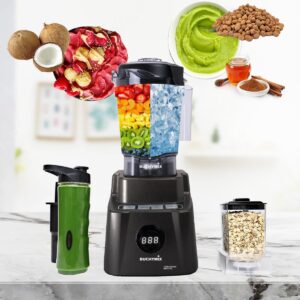
Here are some specific smoothie ideas:
Green Power Smoothie: Mix spinach, kale, banana, mango, pineapple, and coconut water for a vitamin-packed and refreshing drink.
Berry Blast Smoothie: Blend together frozen berries, yogurt, honey, and a splash of milk for a tasty and antioxidant-rich smoothie.
Peanut Butter Protein Smoothie: Use the BX300’s power to pulverize peanut butter into a smooth consistency for a protein-rich smoothie with banana, milk, and cocoa powder.
Frozen Drinks:
The BX300’s ice crushing capabilities make it perfect for creating restaurant-quality frozen cocktails and mocktails. The large capacity allows you to prepare drinks for crowds as well.
Here are some recipe ideas:
Margaritas: Frozen margaritas are a breeze with the BX300. Simply blend tequila, lime juice, orange liqueur, and ice for a perfect summer drink.
Daiquiris: Frozen daiquiris are another refreshing option. Blend rum, lime juice, simple syrup, and ice for an exquisite treat.
Virgin Pina Coladas: For a non-alcoholic option, blend pineapple chunks, coconut milk, cream of coconut, and ice for a tropical satisfaction
Soups and Dips:
The BX300 can be used to create smooth and creamy soups and dips. Its power allows you to blend cooked vegetables and other ingredients into a homogeneous combination.
Here are some recipe ideas:
Tomato Soup: Blend cooked tomatoes, garlic, herbs, and broth for a quick and flavorful homemade soup.
Hummus: The BX300 can handle chickpeas, tahini, olive oil, lemon juice, and garlic easily to create a smooth and delicious hummus.
Cauliflower Soup: Roast cauliflower florets and blend them with broth, spices, and cream cheese for a healthy and delicious soup.
Nut Butters and Spreads:
The BX300’s motor can grind nuts into creamy nut butters. You can test with different types of nuts, such as peanuts, almonds, or cashews, to create homemade nut butters without any added sugar or sodium.
In addition to nut butters, the BX300 can also handle grinding other ingredients for spreads, such as:
- Roasted red peppers for a energetic and flavorful spread for sandwiches or crackers.
2. Fresh herbs with olive oil and garlic for a homemade pesto
.
Remember, these are just a few ideas to get you started. With the Upgraded Turbocrush Professional Plus Digital Blender BX300’s power and versatility, the recipe possibilities are endless!

Here are some additional tips for finding recipes suitable for the BX300:
- Look for recipes that call for a high-powered blender. These recipes will benefit from the BX300’s ability to crush ice and grind ingredients.
2. Online recipe websites often have filters that allow you to search for recipes based on appliance type. Look for filters for “blender” or “high-powered blender.”
3. Consider the pitcher size when choosing recipes. The BX300’s large 64-ounce pitcher allows you to make large groups of drinks or soups, perfect for entertaining or meal prepping.
What to avoid while using the upgraded Turbocrush professional Plus digital blender
Here are some things to avoid when using the Upgraded Turbocrush Professional Plus Digital Blender BX300 to protect both you and your appliances:
Exceeding Capacity:
The BX300 has a large 64-ounce pitcher, but it’s still important not to overload it. Check the pitcher’s markings for the maximum top up line and avoid exceeding it. Overfilling can strain the motor and lead to uneven blending
.
Hot Liquids:
While the BX300 might handle warm ingredients, avoid blending very hot liquids. The heat can damage the plastic pitcher and potentially warp it. Let hot liquids cool slightly before blending.
Dry Ingredients:
The BX300 isn’t designed for dry grinding. While some models might come with an additional grinding container, check the user manual before using the BX300 for dry ingredients like spices or coffee beans. Using it for dry grinding can damage the blades and potentially shorten the lifespan of the motor.
Hard or Frozen Objects:
The BX300 is powerful, but it’s not meant to crush extremely hard objects like ice cubes straight from the freezer. Break large ice cubes into smaller pieces before blending to avoid putting unnecessary pressure on the motor and blades. Similarly, avoid blending large bits of very hard fruits or vegetables.
Empty Blending:
Never run the blender empty. This can damage the blades and motor. Always add some liquid or ingredients to the pitcher before turning it on.
Continuous Use:
While the BX300 is a powerful blender, avoid using it for longer periods without breaks. Check the user manual for recommendations on appropriate blending times and allow the motor to cool down in between long blending sessions. This will prevent overheating and prolong the life of the appliance.
Improper Cleaning:
Not cleaning the blender properly can lead to build-up, odors, and dull blades. Always follow the manufacturer’s instructions for cleaning the pitcher, blades, and base unit.
Ignoring the Manual:
The user manual is a valuable resource. Take the time to read it thoroughly before using the BX300. The manual will provide specific instructions on using the pre-programmed settings, proper care and cleaning procedures as well.
By following these tips, you can ensure safe and optimal use of your Upgraded Turbocrush Professional Plus Digital Blender BX300.
In conclusion, The Upgraded Turbocrush Professional Plus Digital Blender BX300 appears to be a feature-rich and powerful blender designed for serious blending tasks.
Overall, the Upgraded Turbocrush Professional Plus Digital Blender BX300 is a strong contender for those looking for a powerful and versatile blender.
By weighing the pros, cons, and your specific needs, you can decide if the Upgraded Turbocrush Professional Plus Digital Blender BX300 is the right choice for your kitchen. So what’s the holdup? Order your upgraded Turbocrush professional plus Digital Blender now!


